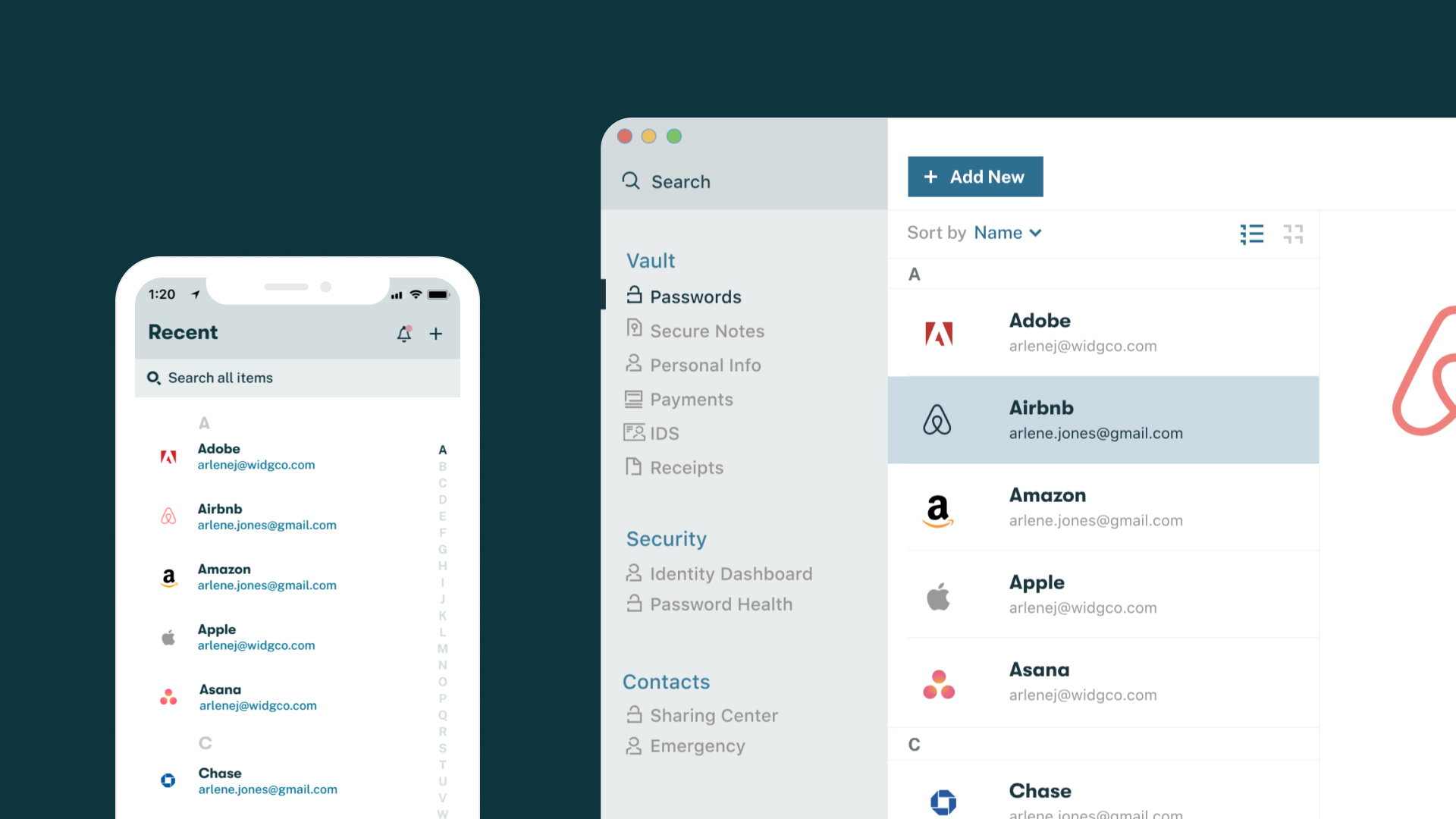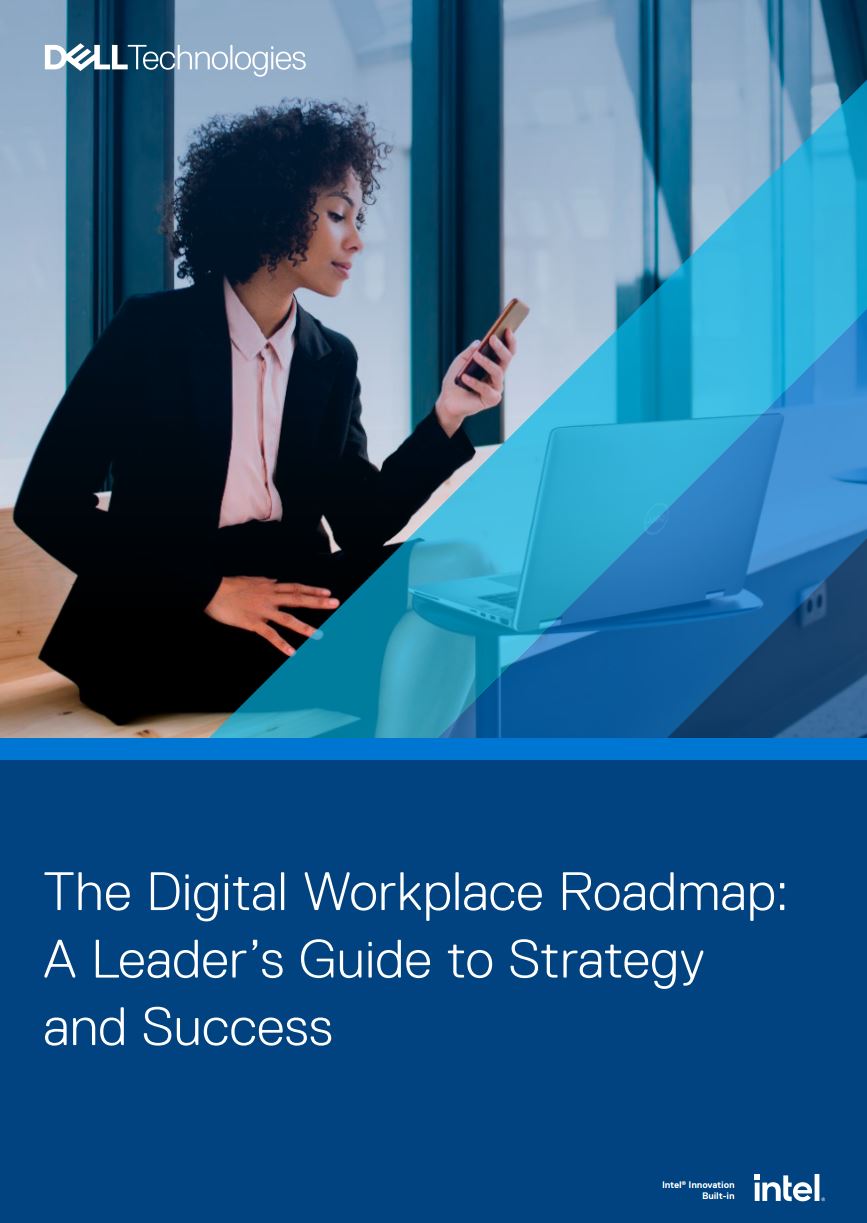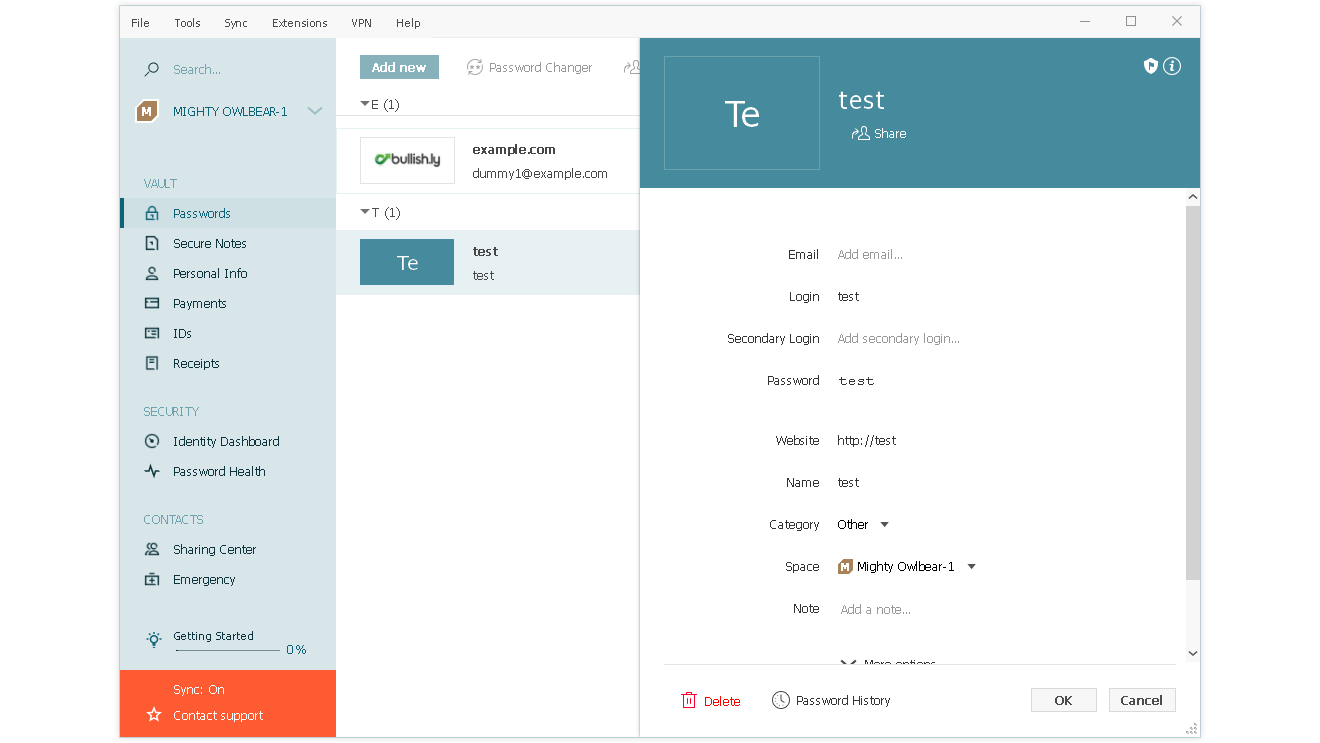Dashlane password manager interview: COVID-19 and the future
We had a virtual sit-down with password manager Dashlane, and heard about the company’s successes and challenges of the past few years


The Dashlane password manager is one of the most popular solutions available in its sector, especially for business customers. In our https://www.itpro.com/security/360084/dashlane-review-a-very-web-focused-password-manager Dashlane review, we gave it 4.5 out of 5 for its intuitive interface, data-driven dashboard and dark web monitoring, plus tons of features for SMBs and enterprises. It also ranks highly among our list of the best password managers.
We were lucky enough to catch up with Dashlane’s Head of IT, Jay Leaf-Clark, who filled us in on the ups and downs of dealing with the past year’s global pandemic, dished about some exciting plans for the future, and gave us the inside scoop on some of Dashlane’s biggest wins and hurdles it's overcome.
Can you give us a brief overview of the company and what it does?
Dashlane is an app for both individuals and businesses, offering a password management solution that is as easy to use as it is secure. Dashlane works across every operating system, device, and browser, opening the walled gardens that normally inhibit our digital experience.
Admins can easily onboard, offboard, and manage their employees with the assurance that company data is safe. And employees can enjoy a way to manage their work and personal accounts that’s already loved by millions.
For consumers, Dashlane is an app that gives you a shortcut for everything you do online—log in instantly, fly through forms, and breeze through checkouts.
What's been your biggest success, and why?
I was instrumental in internally launching Dashlane’s expanded business offerings and new features, including the industry’s first historical Password Health Reporting Dashboard, to provide global companies with better visibility into their internal security, and help employees improve their overall password health.
I established the reporting tool to ensure that Dashlane remains more secure by snuffing out any weak points, and to better educate Dashlane employees on best practices they can take both in and outside of the workplace.
Get the ITPro daily newsletter
Sign up today and you will receive a free copy of our Future Focus 2025 report - the leading guidance on AI, cybersecurity and other IT challenges as per 700+ senior executives
What have been the biggest challenges, and how did you tackle them?
As always the biggest challenge is always in getting the employee base to see the value of security in their day-to-day jobs enough to keep up with recommended best practices.
Even as an organisation, we spend a fair amount of time creating a continuous process to train, nudge, and take action with those who may need to better secure their credentials.
Continuous communication, follow-up, and defined, agreed-upon process amongst internal business partners helped in the end. Of course, having an intuitive product also made it an easy sell.
What impacts—both positive and negative—has the pandemic had on your business?
The greater reliance on cloud-based collaboration and sharing tools over the last year has created more instances of employees reusing passwords, connecting via insecure or public Wi-Fi, and using unpatched devices. This, in turn, creates a bigger attack vector.
Improving security means achieving a better blend between technology and humanity, which ultimately requires tools that align employees’ beliefs about security with their online behaviours.
Businesses need to start thinking about security differently. How your employees behave and their security habits are the big challenge, and that's only amplified as people are working outside the office in a connected environment.
For IT departments specifically, COVID has changed the way IT experts manage our fleet of computer machines and allow them to access secured resources. Before, we used to rely on people being in the office to push out updates, access sensitive company resources, or physically be on site to handle issues related to company-owned devices with an operating system.
RELATED RESOURCE

COVID gave us a swift kick in the butt, and forced us to find more flexible and innovative solutions to provision, secure, troubleshoot, and update company-owned machines, as well as beef up and lock down the ways in which our sensitive tools are accessed.
For many IT colleagues of mine, though it’s been incredibly hard work, it’s been a blessing in disguise: allowing us to be more agile as a department proves that we can handle whatever the future has in store.
We’ve rapidly adapted to an already incoming and, frankly, welcomed new way of managing IT that has, up until now, been slowed in most organisations due to the battle between IT leaders and leadership on allocating the budget and time to make these dreams a reality.

Are you taking advantage of the new world of blended and remote working? If so, how?
Yes, and focusing on truly strengthening our remote management policies to maintain our fleet of computers, and finding new dynamic ways to train and communicate, has been fun.
Dashlane now has a workforce that may be working from anywhere in the world at any time (myself included), so we have to be prepared.
What are your aims for the future?
Full automated user lifecycle management and reporting, as well as easy-to-digest insights and reporting. A business should look to their IT department for ROI, partnership, and innovation. I wish to create an organisation that steps past simple support and moves towards revolutionary thinking.
How do you see the password manager sector changing in the next five to 10 years?
I see a deeper integration into business suite tools, full adoption in organisations, automated reminders, and remediation from the app itself to remove time and workload from IT and security staff. Also, full automation, and of course, a few new features along the way.
Christian is a freelance writer and content project manager, with over six years' experience writing and leading teams in finance and technology for some of the world's largest online publishers, including TechRadar and Tom's Guide.
-
 Bigger salaries, more burnout: Is the CISO role in crisis?
Bigger salaries, more burnout: Is the CISO role in crisis?In-depth CISOs are more stressed than ever before – but why is this and what can be done?
By Kate O'Flaherty Published
-
 Cheap cyber crime kits can be bought on the dark web for less than $25
Cheap cyber crime kits can be bought on the dark web for less than $25News Research from NordVPN shows phishing kits are now widely available on the dark web and via messaging apps like Telegram, and are often selling for less than $25.
By Emma Woollacott Published